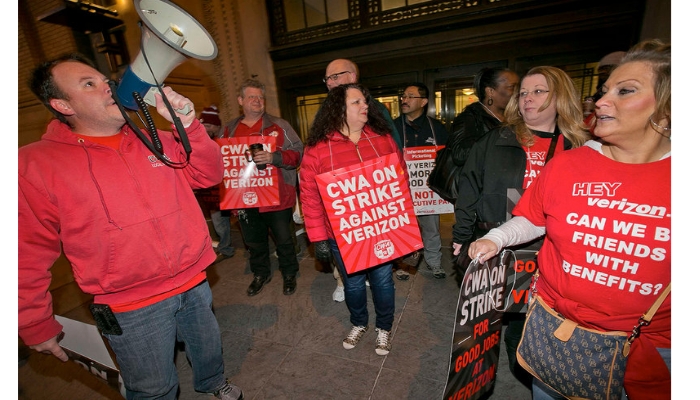
Verizon strike starts to bite
Now in its seventh week, the strike at US mega-telco Verizon is starting to have an impact on the company’s business.
Despite the fact that Verizon has enlisted an army of contractors and, of course, managers to try to fill the gap left by the 40,000 strikers, installations of services on its FiOS fibre network are down as the alternative workforce focuses on repairs to its copper assets.
Analysts estimate that the company will lose about 150,000 FiOS data and video customers this Spring as a result of the strike. That could cost them $200 million – or more if the strike continues on.
Those on strike are largely technicians from the copper side of the business, which unions say is being run down in favour of mobiles and fibre.
At the same time, Verizon’s investment in its fibre network has slowed as the company tests the commercial boundaries of that roll-out.
Verizon says its needs more “flexibility” to manage its transition to the fibre/mobile fast data world ie the ability to use more low-paid contractor labour, to move its employees around in line with roll-out schedules and, of course, to offshore work, mainly at this stage call centre jobs.
But Verizon is not exactly poor, with profits currently running at around $US1.8 billion a month.
The strike is shaping as a major test of the ability of telco workers to push back against trends that will be all too familiar to CWU members. You can follow developments at http://standuptoverizon.com.










